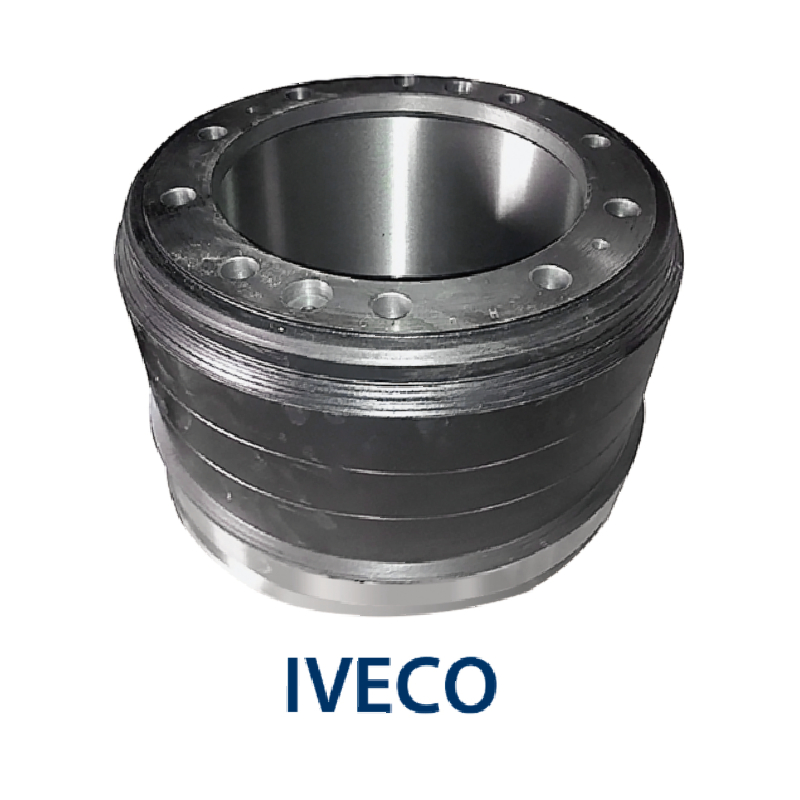Ogo . 12, 2024 09:18 Back to list
Guide to Constructing a Brake Drum Forge for Efficient Metalworking and Repair Projects
How to Build a Brake Drum Forge A Step-by-Step Guide
Building a brake drum forge is an exciting project for metallurgists, blacksmiths, and hobbyists alike. Using a brake drum as the foundation for your forge can be a cost-effective solution that provides an efficient means of reaching the high temperatures necessary for forging metals. Here’s a step-by-step guide on how to build your own brake drum forge.
Materials Needed
Before you begin, gather the following materials
1. A used or new brake drum 2. A blower or fan (hairdryer can work in a pinch) 3. Steel piping or a metal tube 4. Firebricks or refractory cement (for lining) 5. Steel plate (for the base) 6. Charcoal or coal 7. Welding equipment (optional) 8. Safety gear (gloves, goggles, respirator)
Step 1 Preparing the Brake Drum
Start by cleaning the brake drum thoroughly. Remove any residual brake fluid or grease. As brake drums are designed to withstand high temperatures, they make an excellent choice for a forge base. Inspect the drum for any cracks or damage; ensure it is in good condition before proceeding.
Step 2 Creating the Air Supply
The next step is to create an airflow system that will provide the necessary oxygen for your fire. Drill a hole in the side of the brake drum, preferably near the bottom. This hole will serve as the air inlet. Insert a steel pipe or tube into the hole, extending it inward toward the center of the drum. This tubing will connect to your blower or fan, allowing air to feed the fire.
Step 3 Lining the Forge
To protect the brake drum and improve heat retention, line the interior with firebricks or apply refractory cement. Ensure that the lining is thick enough to withstand the high temperatures produced during forging. This step is crucial as it helps to minimize heat loss and prolong the life of your forge.
how to build a brake drum forge

Step 4 Constructing the Base
You need a sturdy base to support your forge. Using a steel plate, create a flat surface on which to place the brake drum. This base will not only support the weight of the drum but also provide stability while you work. Ensure that the base is level to avoid any accidents while forging.
Step 5 Setting Up the Blower
Connect your blower or fan to the steel tubing you installed earlier. Depending on your setup, you may need to use duct tape or clamps to secure the connection and prevent air leaks. If using a hairdryer, ensure it has a cool setting to prevent overheating.
Step 6 Fueling the Forge
Add your choice of fuel to the brake drum. Charcoal and coal are common options, as they can reach the high temperatures needed for metalwork. Fill the drum with enough fuel to maintain a sustained fire but be cautious not to overload it, as this can cause poor airflow.
Step 7 Igniting the Forge
Light your fuel source and turn on the blower. The combination of fuel and forced air will create a high-temperature forge environment. Monitor the fire and adjust the airflow as necessary to achieve optimal heat levels for your metalworking projects.
Step 8 Safety First
Always prioritize safety when operating your forge. Wear appropriate protective gear, including gloves, goggles, and a respirator if necessary. Work in a well-ventilated area to avoid inhaling harmful fumes.
In conclusion, building a brake drum forge is a rewarding endeavor that can greatly enhance your metalworking capabilities. By following these steps, you’ll create a functional and efficient forge that allows you to experiment with various metals and techniques. Happy forging!
-
Brake Drum Man - High-Quality Drum Brake Drums & Brake Shoes for Reliable Performance
NewsJun.24,2025
-
High-Quality Brake Drum Kamaz – Durable Drum Brake Drum & Brake Shoe Replacement
NewsJun.10,2025
-
High-Quality Brake Drum Liza for Drum Brake Systems - Superior Durability and Performance
NewsJun.10,2025
-
High-Quality Brake Drum Kamaz – Durable Drum Brake Drum & Brake Shoe Solutions
NewsJun.10,2025
-
Durable Kamaz Brake Drums High-Performance Truck Parts
NewsJun.09,2025
-
Premium Brake Drum Maz Kit with Shoes Enhanced Braking
NewsJun.09,2025
